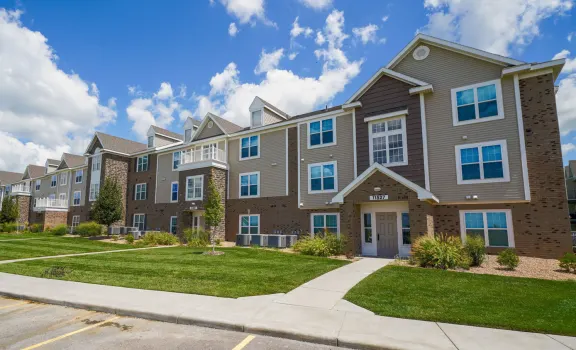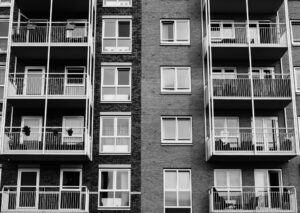When acquiring multifamily assets, there are general subjective categories of housing that are based on demographics, age of build, quality and rents that they command. The industry generally categorizes them from Class A through Class D, based on those aforementioned characteristics.
Various Housing Classes
Class A – Class A housing are the most desirable. Typically brand new developments that offer the most luxurious amenities, adhere to the latest trends in desirable features, and demand the highest rent from renters that are willing to pay for these features. Residents that live in class A housing may be working professionals with higher income; they desire the finest apartment and because of the prices they pay, could likely otherwise purchase a single family home.
Class B – Class B housing is right under A, still with great and attractive features for residents, usually older than the brand new developments and up to 10 years old. The rents that they command are relatively lower than that of brand new class A developments, but present great opportunities to market to potential residents who want to strike a nice balance between a nice apartment and affordable rent.
Class C – Class C housing are generally older, usually 20-30 years or more, need updates, offer very few amenities relative to the higher classes, but are necessary housing for blue collar or service workers who need housing. Because of the higher age and condition, rents are lower than that of the above categories.
Class D and below – These are the lowest condition of properties, usually found in war zones or high-crime areas. Residents live here because they simply have to. Rents are the lowest and problems can be the highest. This is not recommended unless the managing team has much experience in dealing with these types of properties and areas.
Trade-offs
Finally, it is important to note, if you have not already observed, that there are some key trade offs between each of the classes. The higher A classes demand higher rents, but also higher prices. They may also have better appreciation prospects due to continued growth in the area. The lower C and D classes demand lower rent, but lower prices. While there may be greater cash flow, there is little opportunity for appreciation since these may not be desirable areas.
Opportunities with B and C Class
Because desirability for housing is closely tied to location, Classes of housing can often refer to either they condition/age of the asset as well as the location. Class A apartments are usually in Class A Neighborhoods. Builders build where people want to live.
However, there are great opportunities to take advantage of value-add opportunities in great areas. These could be improving existing B/C class properties in class A neighborhoods. This may serve a need in the community for tenants who would otherwise be priced out due to the growing demand. They want to live in nice areas but do not want to pay the highest price demanded from all the new development.
For this reason, our company, Robinson Capital seeks to acquire B and C class assets in great neighborhoods. These may present both operational and physical value-add opportunities in order to improve the value of the asset and create wealth and returns for our investors.
💡Invest Your Retirement w/ eQRP
– How To Use Your 401k To Invest In Real Estate


